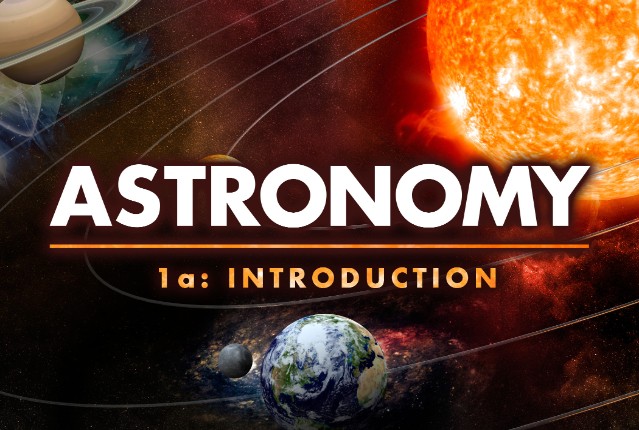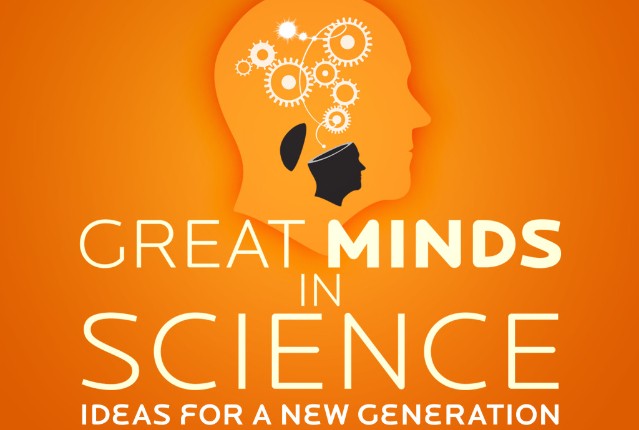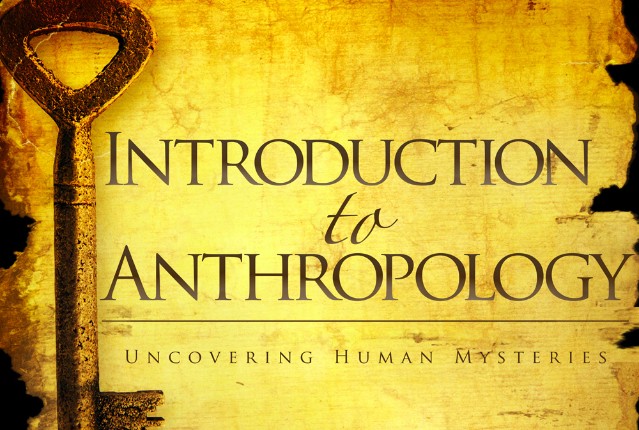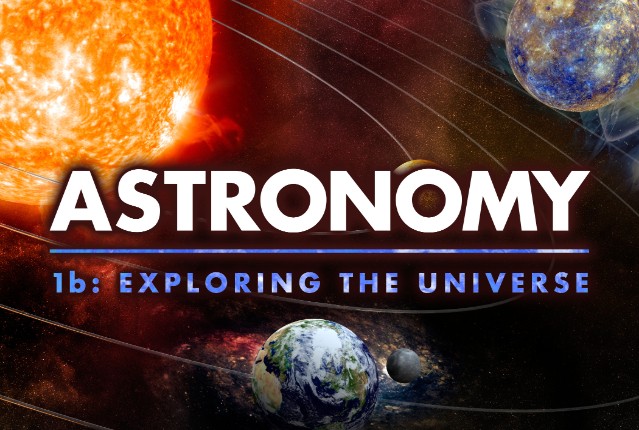Galaxies are beautiful, majestic, and mysterious places within our universe. Our home in the Milky Way galaxy is a galactic suburb, far from other galaxies. Our Sun is just one of approximately 500 billion stars in our galaxy, meaning that there could possibly be up to 500 billion solar systems, maybe like our own, in the universe. In addition, the Milky Way galaxy is only one of the 50 billion to one trillion galaxies that are thought to exist in our observable universe. Compared with the whole universe, our home, Earth, is like a speck of sand in the largest desert imaginable.
In this unit, we will examine and describe the evolution, organization, distribution, and differences among types of galaxies. You will be able to characterize the movement of galaxies within the universe and describe the properties of our own galaxy, the Milky Way. Finally, we will discover the incredibly mysterious and dark forces that shift and shape galaxies.
What will you learn in this unit?
- Differentiate and describe the types of galaxies within the universe.
- Characterize the Milky Way.
- Identify how galaxies are organized and distributed within the universe.
- Describe the evolution of galaxies.
- Examine the forces that shape galaxies of stars.





